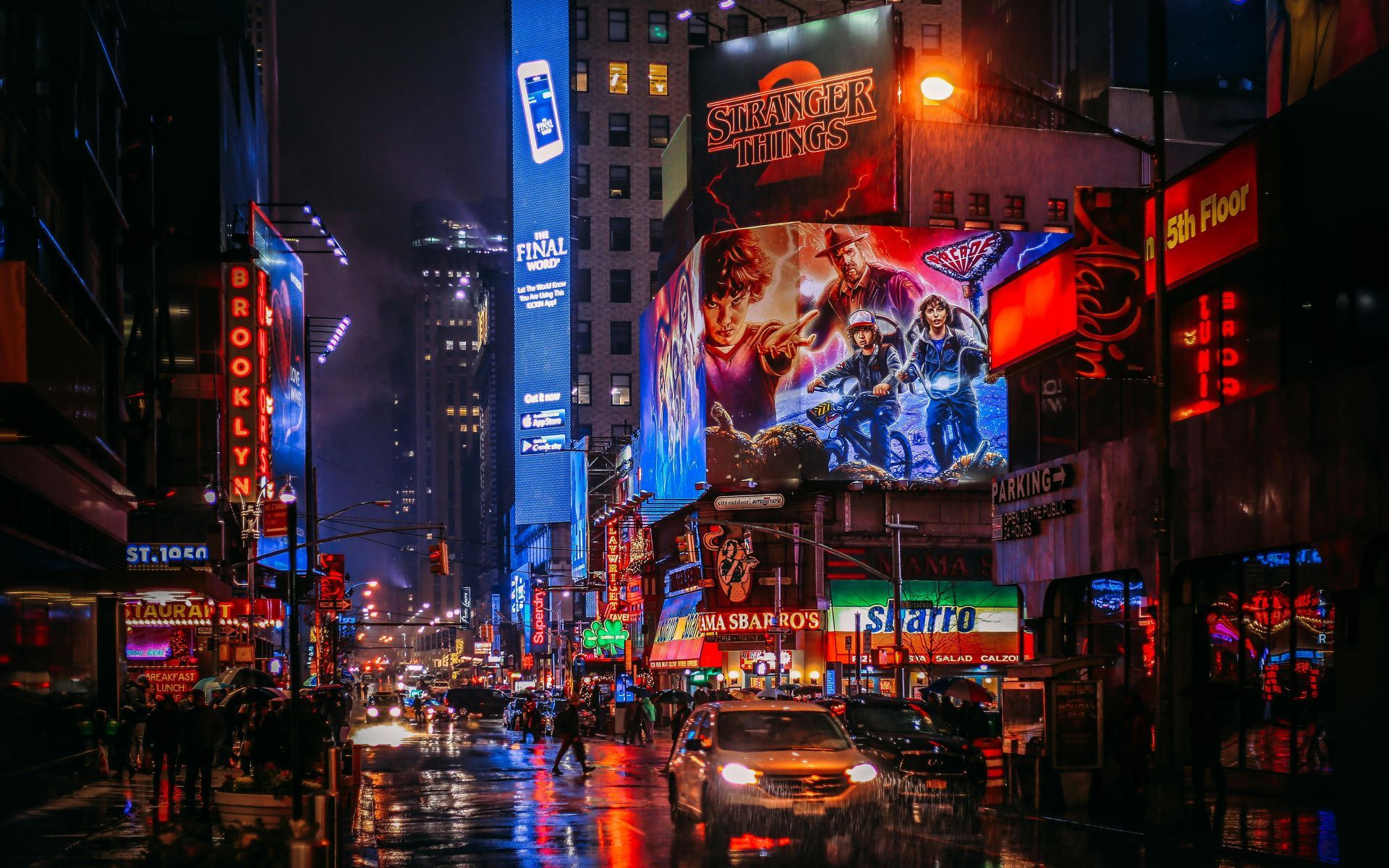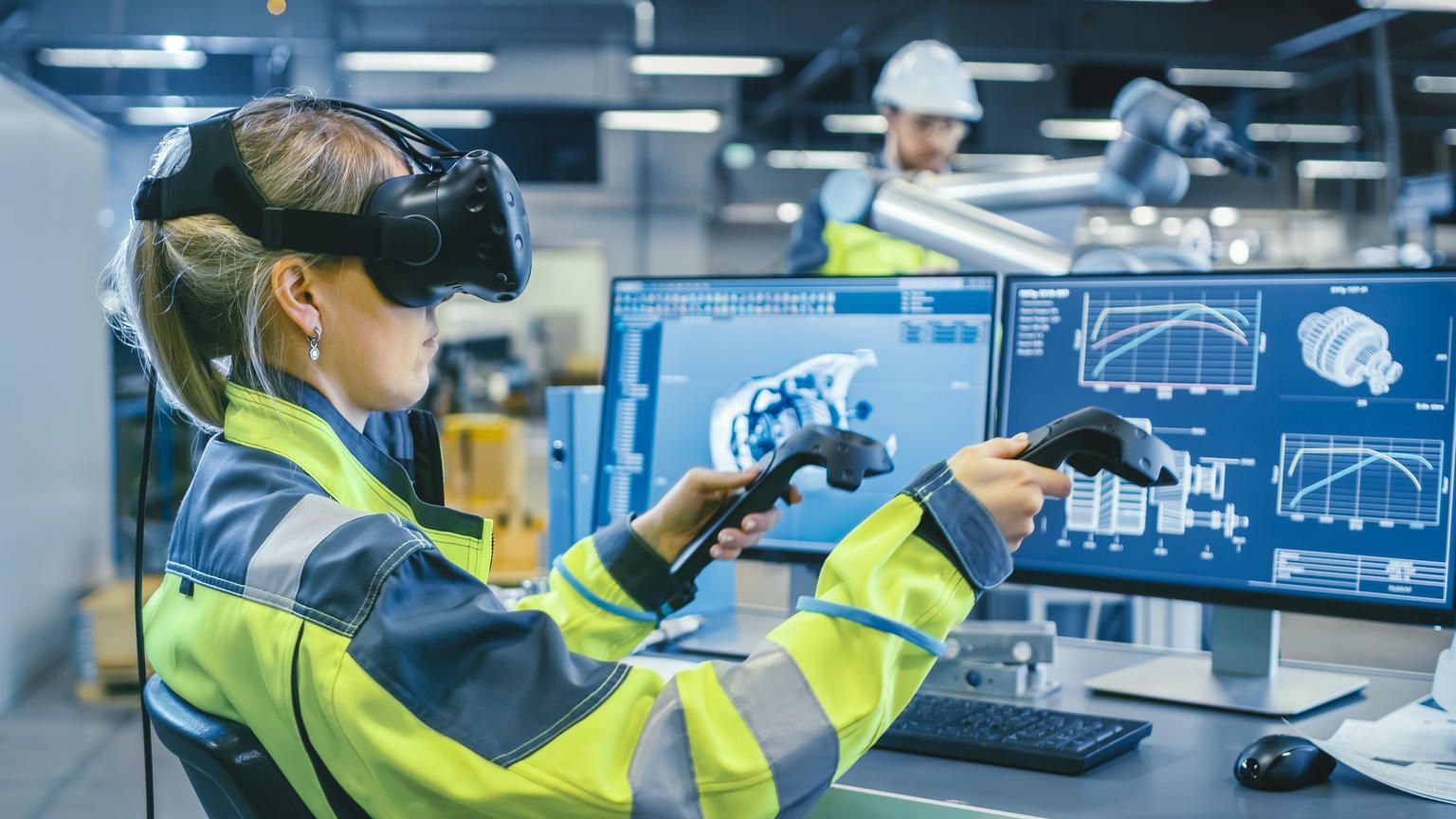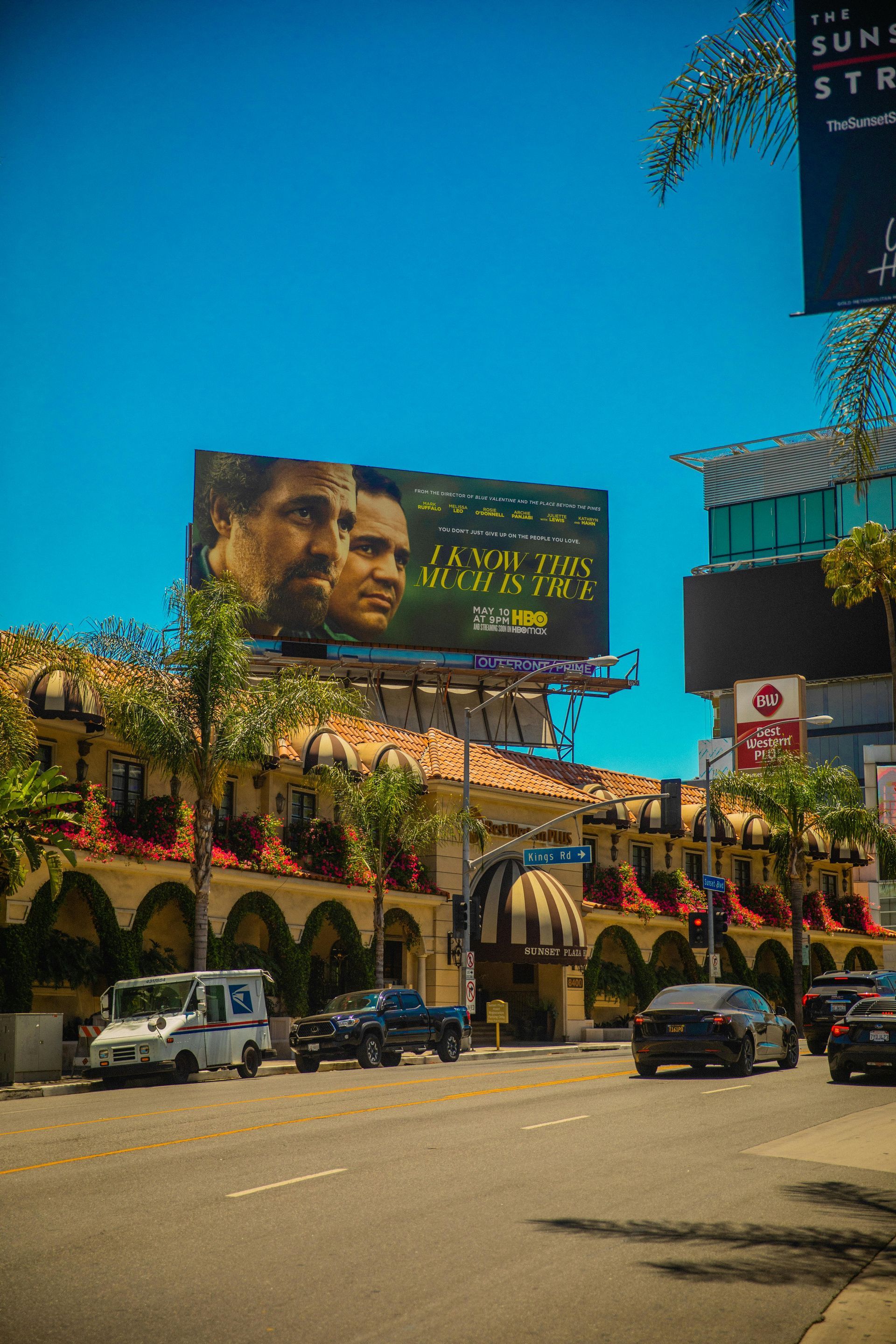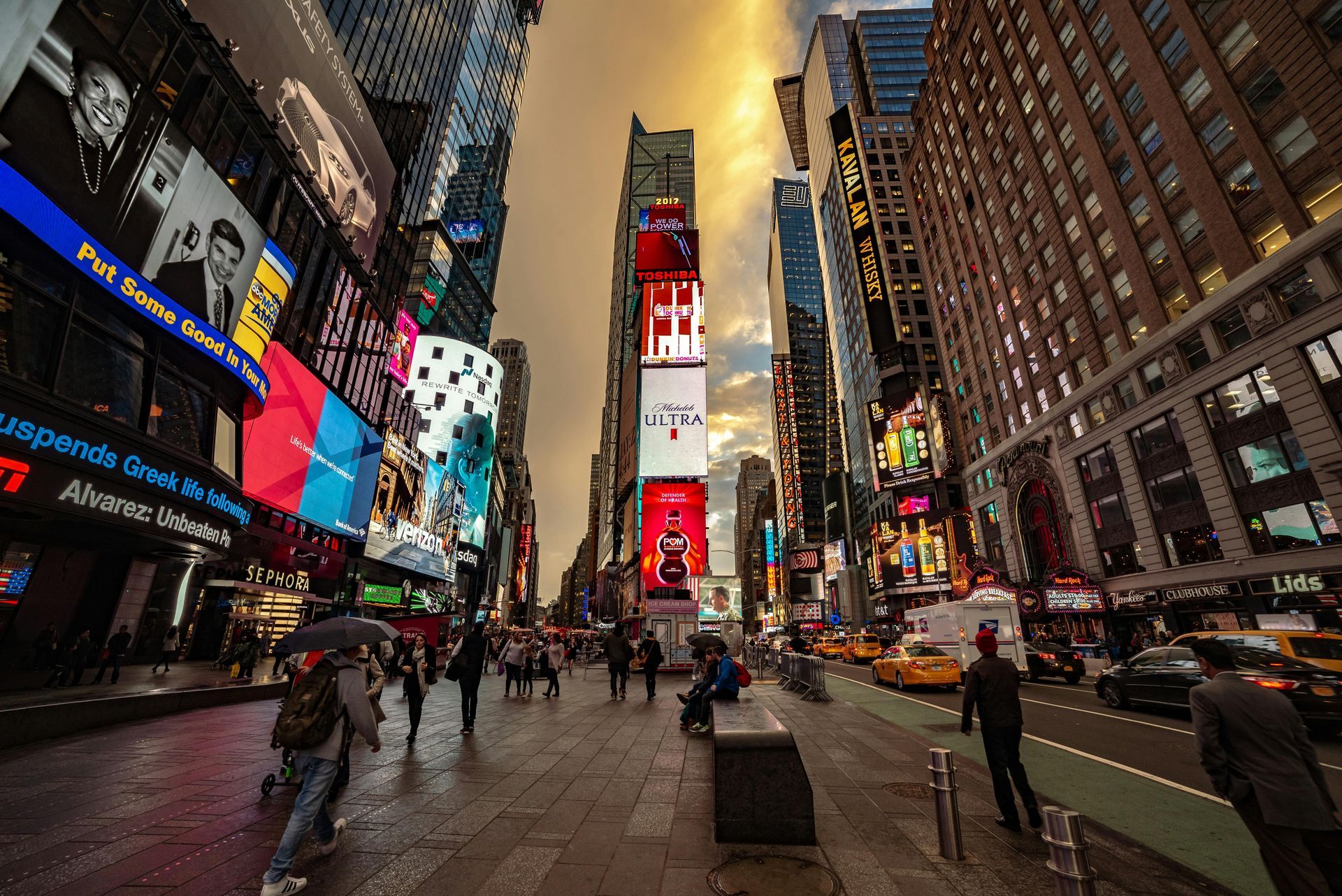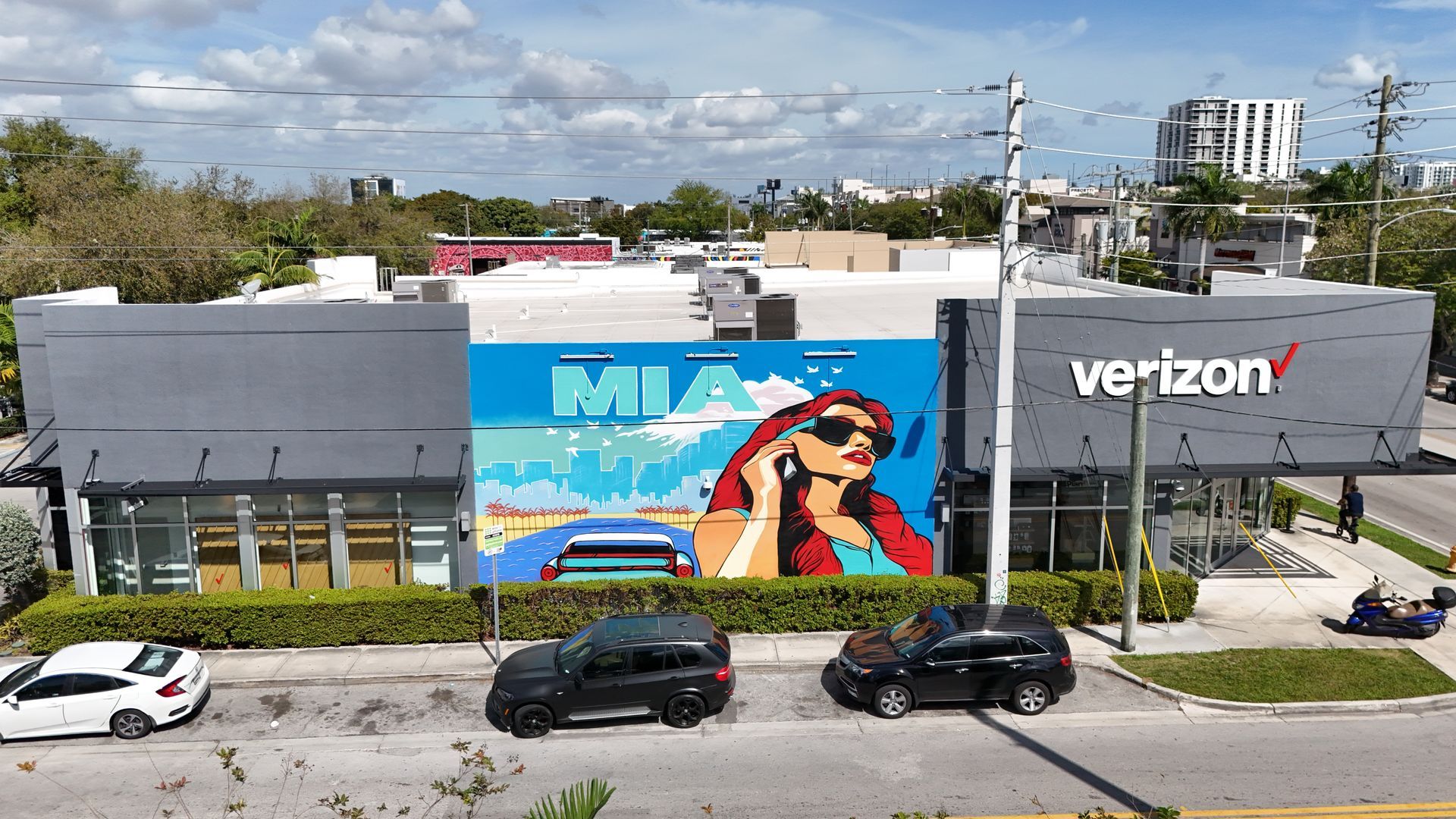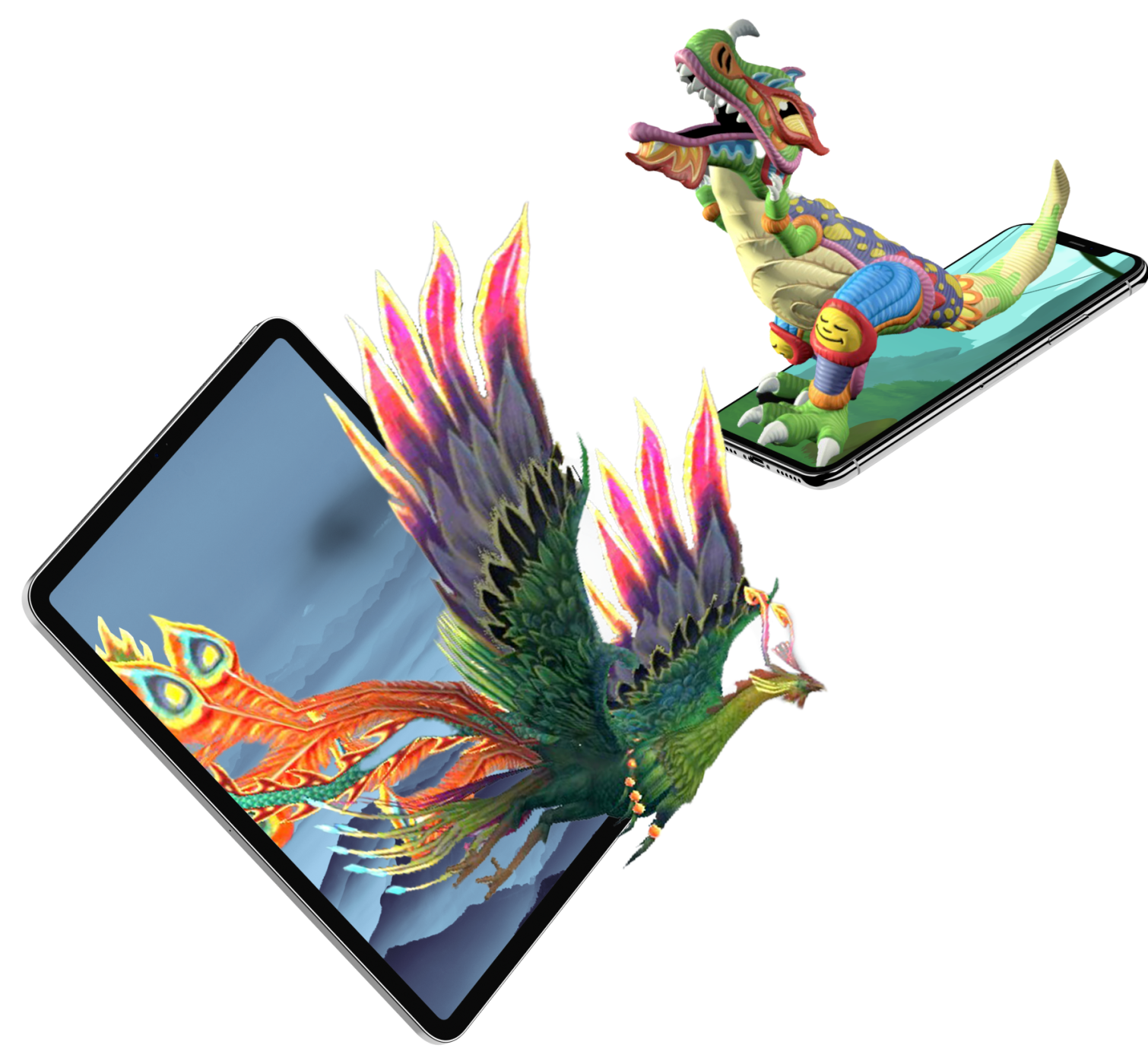A Complete Guide to Virtual Showrooms: Sell Your Products Using Augmented and Virtual Reality
1. What Is a Virtual Showroom?
A virtual showroom is an immersive, digital environment designed to showcase products or services using advanced technology such as augmented reality or virtual reality. Unlike static websites or traditional online catalogs, virtual showrooms provide dynamic 3D representations of products. Visitors can interact with these products by rotating them, zooming in, or customizing features in real time.
Key characteristics of virtual showrooms include:
- Immersive interactions: Customers can explore products from multiple angles and configure custom options.
- Realistic product visuals: High-resolution 3D renders or interactive holograms make products feel lifelike.
- Personalized experiences: Product demos can be tailored to customer preferences.
- Accessible from anywhere: All you need is a device and internet connection; some showrooms also offer a VR headset option for deeper immersion.
As customers continue to seek engaging, convenient, and tech-savvy ways to shop, virtual showrooms are quickly becoming a staple in the modern eCommerce ecosystem.
2. The Difference Between Augmented Reality and Virtual Reality
Before diving deeper into virtual showrooms, it’s crucial to clarify the distinction between augmented reality (AR) and virtual reality (VR). Both technologies power immersive experiences but do so in fundamentally different ways:
Augmented Reality (AR)
- Definition: AR overlays digital elements onto the real-world environment, typically through a smartphone, tablet, or AR glasses.
- Use Cases: AR is popular in sectors where consumers want to visualize a product in their own space. Examples include furniture or home décor industries. Users can point their camera at a room and see how a new sofa or table would look in real-time.
- Pros: AR is generally more accessible than VR because it doesn’t always require specialized hardware beyond a smartphone.
- Cons: The immersive quality can be lower than VR since users remain tethered to the physical world.
Virtual Reality (VR)
- Definition: VR immerses users in a completely digital environment, typically requiring a headset such as the Oculus Quest or HTC Vive.
- Use Cases: VR is well-suited for showrooms that require total immersion or detailed product demonstrations. The automotive and real estate industries often employ VR to let customers “step inside” a car interior or “walk through” a property.
- Pros: Provides a highly realistic, engaging, and immersive experience.
- Cons: Requires specialized hardware, which can be a barrier for some consumers.
Both AR and VR can power virtual showrooms, and the choice largely depends on your product category, budget, and target audience. Many businesses combine both technologies for maximum impact, allowing customers to choose their preferred method of immersive shopping.
3. Why Virtual Showrooms Are Growing in Importance
The shift towards online shopping has been underway for years, but recent global events and technological advancements have accelerated this transition dramatically. Here are some core reasons why virtual showrooms have skyrocketed in importance:
- Changing consumer behavior: Today’s shoppers rely on online research before purchasing. An immersive showroom can answer questions that static images and texts cannot.
- Competitive differentiation: With digital shelves becoming oversaturated, a virtual showroom is an innovative tool that sets your brand apart.
- Efficiency and scalability: Virtual showrooms enable businesses to update product collections or showcase new launches without the physical limitations of a brick-and-mortar store.
- Enhanced engagement: Immersive technology can keep consumers on your platform for longer, increasing the likelihood of conversions and brand loyalty.
- Data-driven insights: Digital platforms allow you to track user interactions, gather feedback, and refine your offerings in real time.
As shoppers demand richer online experiences, brands that invest in virtual showrooms will be better positioned to capture and retain their audiences’ attention.
4. How Virtual Showrooms Work
While each virtual showroom can vary significantly in execution, most share a few essential components:
- 3D Modeling and Product Rendering
Creating 3D models of each product is the foundation of a virtual showroom. These models often come from CAD designs, professional 3D scans, or digital artists using tools like Blender or Autodesk Maya. The accuracy, resolution, and realism of these models directly impact the quality of the immersive experience. - User Interface (UI) and User Experience (UX) Design
The goal is to make navigation seamless so customers can explore products with minimal friction. UI/UX design principles are critical, ensuring intuitive controls, clear buttons, and an uncluttered interface. - Interactive Elements
A good virtual showroom lets users do more than just look around. Features like product rotation, color customization, and add-on configurations help replicate real-world interactions. - AR or VR Integration
Depending on the technology stack, you might integrate AR, VR, or both. AR-based showrooms often live within smartphone apps or web-based platforms that utilize the device’s camera. VR-based showrooms typically require a headset for the full immersive experience. - Hosting and Delivery
The complexity of 3D models and interactive features can make these environments data-intensive. Using Content Delivery Networks (CDNs) and specialized hosting solutions ensures that the showroom loads quickly, minimizing lag or buffering.
5. Key Benefits of Virtual Showrooms
Implementing a virtual showroom involves an upfront investment in technology and creative resources. However, the returns can be substantial:
- Elevated Customer Engagement
Interactive 3D models and immersive walkthroughs offer a memorable shopping experience. Customers are likely to spend more time on your platform, exploring various product options. - Improved Conversion Rates
When buyers can see how a product looks in a real-world context or a fully immersive environment, they’re less likely to have doubts. This higher level of confidence can translate into quicker purchasing decisions. - Reduced Returns and Exchanges
Because customers get a more accurate understanding of product dimensions, materials, and aesthetics, returns drop. This cost-saving measure can significantly bolster your profit margins. - Global Reach
Physical stores limit you to a geographic area. A virtual showroom, accessible 24/7 online, can attract international customers. This scalability is a massive advantage for businesses seeking rapid expansion. - Personalization Opportunities
Data analytics tools can track user actions in the virtual showroom. From these insights, businesses can tailor recommendations or refine their product range for future releases. - Competitive Edge
Businesses leveraging AR and VR gain a head start in the emerging era of immersive commerce. This can prove decisive in highly competitive markets, reinforcing brand innovation and leadership.
6. Step-by-Step Guide to Setting Up a Virtual Showroom
Implementing a virtual showroom is an involved process that spans concept development, technology decisions, content creation, and marketing strategies. Below is a structured roadmap to guide you through each phase:
6.1. Define Your Goals and Scope
- Identify core objectives: Do you want to improve brand engagement? Reduce return rates? Launch new products?
- Set Key Performance Indicators (KPIs): Examples include conversion rates, average session duration, and customer satisfaction scores.
- Determine budget and resources: Outline your financial constraints and technological capacities. This informs the complexity of your virtual showroom.
6.2. Choose the Right Technology
- Decide AR vs. VR or Both: Assess which format better fits your product and audience. If you sell furniture, AR might be most beneficial. VR could be more suitable if you offer high-tech machinery or specialized vehicles.
- Select Tools and Platforms: Research best-in-class solutions for 3D modeling, interactive software, and hosting. Popular choices include Unity, Unreal Engine, or specialized platforms like Sketchfab and Matterport.
- Hardware Considerations: If you plan to incorporate VR, decide whether to supply customers with devices or rely on consumer-owned headsets.
6.3. Gather and Create 3D Assets
- Product Modeling: Begin with high-quality 3D renders or scans of each product. The level of detail (polygons) should balance realism with manageable file sizes.
- Scene Setup: If you’re simulating a showroom environment (like a retail store, living room, or car showroom), design a backdrop that complements your brand aesthetic.
- Lighting and Textures: Realistic textures and accurate lighting can make or break immersion. Ensure materials and finishes match real-life products.
6.4. Integrate Interactive Features
- Customization Options: Include features like color pickers, material swaps, or modular add-ons.
- 360-Degree Rotations: Let customers view products from every angle.
- Measurements and Dimensions: Provide real-time data on size, especially crucial for furniture, appliances, or automotive parts.
6.5. Test the User Experience
- User Testing: Recruit beta testers to try out the virtual showroom on different devices (smartphones, tablets, VR headsets). Gather feedback on usability, loading times, and overall immersion.
- Optimize Performance: Compress 3D assets and leverage content delivery strategies to ensure minimal latency.
- Accessibility: Incorporate features like text-to-speech or alternative navigation methods for differently-abled users.
6.6. Launch and Promote
- Marketing Campaign: Spread the word via email marketing, social media ads, influencer partnerships, and SEO-optimized content on your site.
- Train Your Sales Team: Ensure your customer service and sales staff know how the showroom works and can guide prospective buyers through it if needed.
- Monitor Analytics: Track KPIs—such as user session lengths and conversion rates—to measure success and identify improvement areas.
6.7. Iterate and Refine
- Collect Customer Feedback: Use surveys or post-showroom emails to gather impressions.
- Update Regularly: New product lines and improved 3D models keep the experience fresh.
- Stay Current: With AR and VR evolving rapidly, regularly evaluate cutting-edge tools or features to remain competitive.
7. Common Challenges and Considerations
Building a virtual showroom isn’t without hurdles. Being aware of these challenges beforehand can help you plan effectively:
- High Development Costs: High-fidelity 3D modeling and VR integration can be expensive. Budget carefully and consider phased rollouts if necessary.
- Technical Limitations: Not all customers have devices capable of handling VR or AR. Provide fallbacks, such as a desktop 3D viewer or smartphone compatibility.
- Complex Project Management: Working with 3D artists, software developers, and UX designers requires cross-functional coordination. Use agile methodologies and communication tools like Slack or Trello for smooth collaboration.
- Data Security and Privacy: Virtual showrooms often collect user interactions. Follow data protection regulations like GDPR and CCPA.
- Rapidly Evolving Technology: AR and VR platforms change quickly. Stay updated to ensure your showroom remains cutting-edge rather than becoming obsolete.
8. Best Practices for Virtual Showroom Success
Achieving a visually stunning and functional virtual showroom is one thing; making it truly successful is another. Here are some best practices that can make all the difference:
- Focus on the Customer Journey
Think from the customer’s perspective. Streamline the steps from initial interest to final checkout. Minimize clicks, ensure intuitive navigation, and provide helpful guides or tutorials. - Prioritize Mobile Optimization
Many users will access the virtual showroom via smartphones. Optimize your platform for smaller screens and ensure responsive design principles guide the development process. - Offer Guided Tours
Especially in VR-based showrooms, offering pre-recorded or AI-driven guided tours can help users explore products systematically. This can be particularly beneficial for complex products or new technology categories. - Incorporate Social Proof
Embed reviews, testimonials, or user-generated content to build credibility. Customers often want to see real-life use cases or hear from existing owners before purchasing. - Enable Seamless Checkout
Make it easy for customers to move from exploring products in the virtual showroom to completing a purchase. Integrate one-click checkout or allow direct links to product pages. - Leverage Analytics
Track metrics like session length, bounce rates, and popular product views. Use this data to refine your showroom layout, highlight top-performing items, and identify underperforming products. - Regular Updates
Keep content fresh. Swap in new product lines, seasonal themes, or updated 3D assets to maintain user interest and encourage repeat visits. - Promote Across Channels
Don’t hide the virtual showroom behind obscure links. Promote it prominently on your homepage, social media profiles, newsletters, and offline marketing collateral.
9. Top Tools and Platforms for AR and VR
The backbone of any virtual showroom is the software and platforms that power it. Below are some well-regarded tools to consider:
Unity
- Why Choose It: Widely used for game development, Unity offers robust VR/AR support, extensive documentation, and an active community.
- Ideal For: Brands seeking flexible, high-fidelity experiences and have the in-house capability or budget to hire specialized developers.
Unreal Engine
- Why Choose It: Known for photorealistic graphics and strong visual scripting capabilities.
- Ideal For: Enterprises that need top-notch graphics for products like automobiles or luxury goods.
Blender
- Why Choose It: A free, open-source 3D creation suite useful for modeling, texturing, and rendering.
- Ideal For: Smaller teams or startups on tighter budgets.
BrandXR Studio
- Why Choose It: Web-based 3D model viewer that integrates well with eCommerce sites.
- Ideal For: Quick deployment of AR/VR content without heavy custom coding.
Matterport
- Why Choose It: Specializes in 3D scans for real estate, retail, and other physical spaces.
- Ideal For: Businesses looking to create immersive tours of actual spaces, such as showrooms or retail outlets.
ARKit and ARCore
- Why Choose It: Native AR frameworks for iOS (ARKit) and Android (ARCore).
- Ideal For: Mobile-focused AR apps that allow customers to visualize products in their home environment.
10. Future Trends in AR and VR for eCommerce
As technology continues to evolve at a rapid pace, so too will the capabilities and uses of virtual showrooms. Here are some emerging trends to watch:
- Mixed Reality (MR)
Often described as a blend of AR and VR, MR creates interactive, spatial computing experiences. Future virtual showrooms may enable multiple people to collaborate and view products in real-time, regardless of physical location. - AI-Driven Personalization
Advances in artificial intelligence can tailor the showroom experience to individual user preferences—automatically suggesting configurations, accessories, or complementary items based on a user’s browsing history. - Haptic Feedback
While still in its infancy for mainstream use, haptic devices can simulate touch and texture. This technology could let users feel materials, vibrations, or resistance in virtual environments. - Social Shopping Experiences
Platforms like Meta (formerly Facebook) are heavily investing in social VR. Virtual showrooms could become social spaces where friends or influencers guide purchasing decisions, creating a shared shopping experience. - Blockchain and NFTs
Digital ownership and authenticity verification could become integral parts of online retail. In certain niches, especially art or collectibles, NFTs can provide verified, one-of-a-kind virtual products, which might be showcased in immersive galleries. - 5G Connectivity
As 5G networks roll out globally, faster internet speeds will reduce latency and make AR/VR experiences smoother and more accessible, potentially eliminating one of the key barriers to mass adoption.
11. Conclusion
Virtual showrooms represent a powerful melding of cutting-edge technology and practical retail solutions. By embracing augmented and virtual reality, businesses can create immersive product experiences bridging the gap between physical and digital shopping. The advantages are manifold: heightened customer engagement, improved conversion rates, fewer product returns, and the ability to reach audiences on a global scale.
Whether you choose a purely AR-driven approach for its accessibility or opt for the deep immersion offered by VR, the roadmap to success involves thoughtful planning and execution. Start by defining clear goals and KPIs, then carefully select the right technology stack, produce high-fidelity 3D assets, and integrate interactive elements that resonate with your target audience. Be mindful of common challenges, such as high development costs and the need for robust project management, and always keep user experience at the forefront.
Moving forward, rapid advances in connectivity, AI, and haptic technologies promise even more interactive and lifelike virtual shopping environments. As mixed reality and social commerce gain traction, virtual showrooms will likely evolve into collaborative spaces where product exploration becomes a shared experience. Brands that adopt these innovations early will meet modern consumers' demands and set new standards in digital retail, solidifying their competitive edge.
In essence, a well-executed virtual showroom is more than just a marketing gimmick—it’s a strategic investment in the future of commerce. By offering engaging, user-centric experiences driven by AR and VR, you’re building deeper connections with customers and positioning your brand at the forefront of technological innovation. Embrace the shift towards immersive retail today, and you’ll be poised to thrive as consumer expectations continue to rise in the ever-evolving digital landscape.
TALK TO A PRO
We're here to bring your brand to life!
Stay Connected with BrandXR
Create Augmented Reality for Free!
Create, Publish, and Measure 3D Augmented Reality Experiences Without Having to Code.
